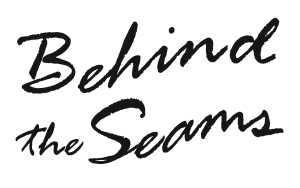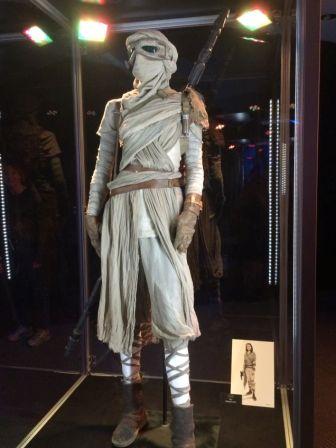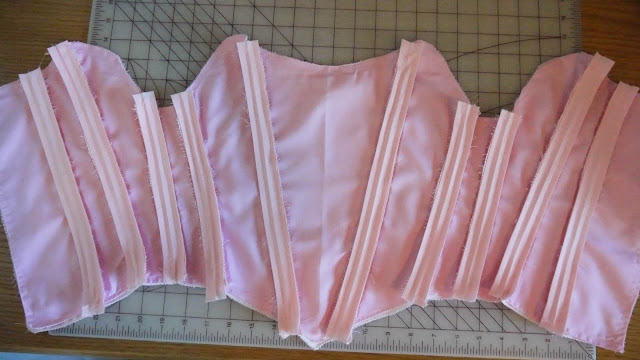There's several different variation's of this costume, some with more parts to it. I'm planning on doing the basic costume without the headwrap/helmet or backpack. The picture below is what I'm planning on doing.
Overall it's a pretty simple design - cap sleeve shirt with a keyhole neckline, short harem type pants, long tabbards, arm wraps, boots, leather wristband and belt, and staff. And of course that fabulous hair! Which to be honest, I have no idea how to do. I'm hoping my hair is long enough for it.
I found this awesome photo from Celebration VII of Rey's costume with a list of fabrics! YES!
I've typed up the materials to make it easier to read:
Wrap dress - viscose
Head wrap - cotton
Top - hemp and cotton jersey
Trousers - silk
Backpack - leather
Wrist cuff and belt - leather
Pouch - canvas
Arm wraps - cotton
Gloves - leather
Boots - wool and leather
Staff - 3D Print
And here's a fully body shot of her full costume, also from Celebration VII.
Let's talk patterns...
For the shirt I'm gonna start with trying to draft it myself (I don't think it's going to be too hard).
The pant's are going to be a little harder. I realized the other day that I never made a pattern for my harem pants from my Marion costume, so that leaves me with drafting a new pair. I may just take my wide leg trouser pattern and modify that or I'll just have to draft something new up.
The tabbards are easy. I'll get some rough measurements and after I get my fabric I'll figure out exactly how wide they need to be. My biggest concern with these is how I'm going to attach them to the costume so they don't move at the shoulders.
Arm wraps. These are going to be interesting to make since they go over the elbow. I found a great tutorial HERE for making arm wraps, but they end just below the elbow. I have a couple of ideas on how to make them bendable. When I figure it out I will definitely make a tutorial!
Belt and arm band. My favorite place to buy leather is online from Montana Leather. They have the best prices I've seen and I've bought from them before. I think I'll get 1 1/2 inch wide blanks for the waist and dye them. I already have some wider leather that I may use for the wrist.
The Staff. I don't really have much prop building experience, but I'm hoping my dad will be able to help me make it. I'll be leaving this part for last since the first time I wear this will be at a theater and I'd leave it home anyways. And I will probably make a tutorial for this when I make it as well.






























